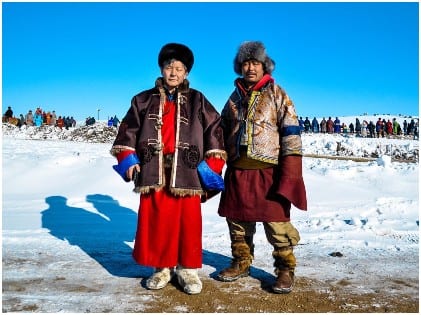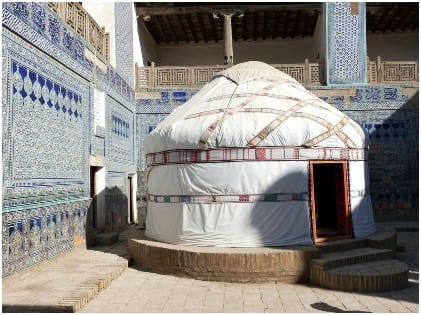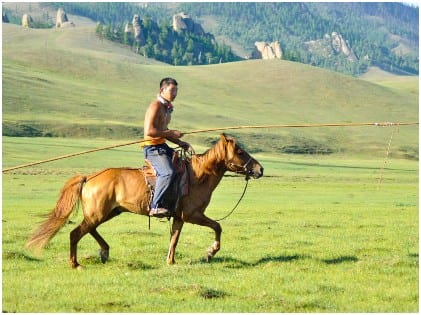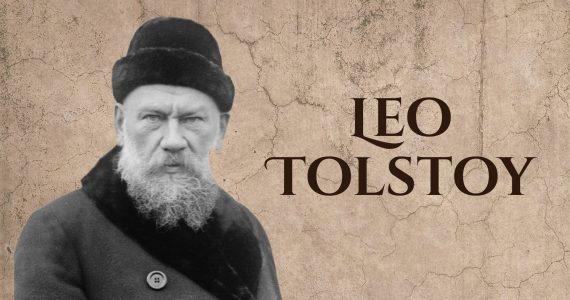For travelers, Mongolia is surely an attractive destination. And the reason lies in its simplicity. Besides its picturesque landscapes, the country stuns tourists for the traditions and cultures and, most importantly, the people. Their uniqueness is truly exemplary. No less than 900,000 nomads abound the Mongolian steppes and continue observing their traditions, like earlier.
So if you’re someone who’s planning a visit to Mongolia, remember fragility in living and lifestyle is common to them. The land of nomads will not fail you! But it’s a journey through time, alongside space. Before you cherish real travel, here’s taking a look at some of the remarkable features that characterize this nation.
Mongolian Customs, Taboos, And More
 Inside Mongolian yurt, the traditions, rules, and even taboos shape their lives. It’s akin to giving them the required tempo in their otherwise dull and drab lives! Few common taboos include walking on the doorway, especially when someone stumbles over the doorway of the yurt when going inside, throwing wastes in the stove, or mixing clean and dirty materials. Travelers who went to the country earlier had said how walking over the doorway of the yurt was executed. In simple words, it’s considered ominous.
Inside Mongolian yurt, the traditions, rules, and even taboos shape their lives. It’s akin to giving them the required tempo in their otherwise dull and drab lives! Few common taboos include walking on the doorway, especially when someone stumbles over the doorway of the yurt when going inside, throwing wastes in the stove, or mixing clean and dirty materials. Travelers who went to the country earlier had said how walking over the doorway of the yurt was executed. In simple words, it’s considered ominous.
Also, since fire constitutes the purest element, throwing waste into it qualifies as disrespect. Anyone who would stretch out their arms, to touch both the sides of the doorframe is similar to making a cross that signifies death. Traditionally, if someone outside the yurt’s door adopts the practice, it implies death is approaching, and hence, visitors should keep a safe distance from each other. Not to forget, Mongolian people are cleanliness freaks! So contamination of dirty with clean is an absolute no-no. There’s no forgiveness for anyone who puts dirty linens inside the family chest.
What Is The Mongolian Yurt?

The fact Mongolian yurt has been mentioned several times surely increases our curiosity about the yurt. In the Mongolians’ staple nomadic life, the traditional yurt constitutes a vital element that they call ‘ger.’ While the whole world is on the path of urbanization, few choose to stick to their roots. And we can say the same about the Mongolians. Even after the urbanization, there’s a vast majority of the population who do not care much about inhabiting the cities and semi-urban zones.
They stay in a yurt, constructed of four or five sections in a proper wooden frame (cedarwood preferably). Then lies the low wooden door, a couple of central columns that support ‘tono’ and the yurt. The wall sections are tied up so that they resemble a cylinder. If done well, the yurt is put up in a maximum of 30 minutes. There are two parts to it- the western part is meant for men and the eastern, for women. So you’re likely to see tools like saddles and guns in the Western section and cooking utensils and teapots on the Western part.
The Nomadic Life Of Mongolians
 For the most part, this culture sustains breeding animals, primarily 5- sheep, goats, camels, horses, and yaks. With the products that these animals offer, almost all basic needs of a nomad family are fulfilled. If historic evidence is to go by, domesticating animals and then the nomadic form of living arrived much late in the Asian sector. This holds especially when seen from the standpoint of the flourishing of agricultural techniques.
For the most part, this culture sustains breeding animals, primarily 5- sheep, goats, camels, horses, and yaks. With the products that these animals offer, almost all basic needs of a nomad family are fulfilled. If historic evidence is to go by, domesticating animals and then the nomadic form of living arrived much late in the Asian sector. This holds especially when seen from the standpoint of the flourishing of agricultural techniques.
Not many will tell you this – breeding is difficult than agriculture. Imagine domesticating animals daily, organizing their reproduction, and even transforming raw animal products into food, clothing, and accommodation facilities. It’s no mean feat calling oneself a nomad when one fails to see natural cycles and how pastures can be best selected that would satisfy the needs of cattle aptly.
The Mongolian nomads, however, do not stay in the same place. They keep moving every season to the winter or spring pastures, summers, or even autumns. During summers, the maximum movement happens when the family feeds the herds in aplenty, socially where vegetation is equally better in quality and quantity.
Migrating in itself is ominous, they say. Inviting new neighbors or interacting with fellow people is a positive idea in this case. Doesn’t it sound interesting? We are sure you are as amazed as we are about the fascinating lifestyle of the Mongolians. So, are you ready to pack your bags and head for a trip to this region? Do let us know about it in the comments section!




